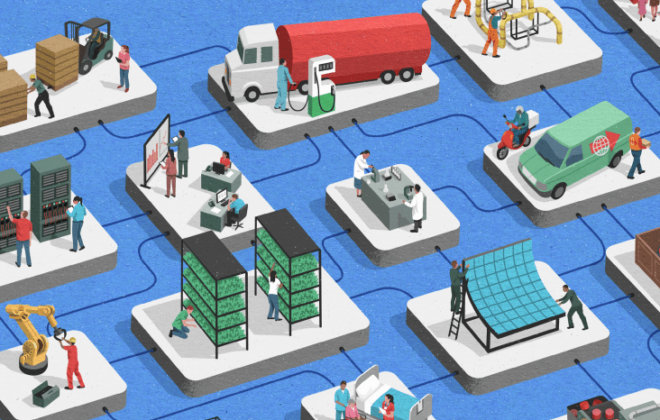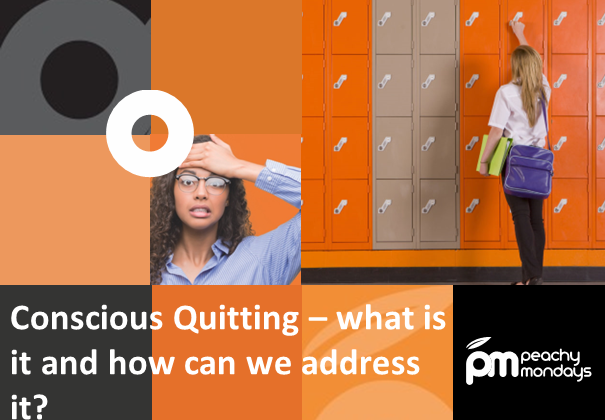Make lasting change happen
Human beings have evolved to perceive change negatively. We fear it. It’s uncomfortable. It is also becoming the norm in today’s workplace. Change management is complex and there is no single go-to solution.
Around 70% of change efforts fail, a statistic that has repeatedly been borne out of research, and one that is quoted, among others, by John Kotter, an authority on leadership and change. Change and transformation programmes fail for a variety of reasons including employee resistance, a lack of urgency, a lack of vision and poor communication.
So, how do you ensure the long-term sustainability of any change?
We’ve compiled ten key considerations for your change management plan. They’re based on years of experience of working with organisations on complex change and transformation programmes.
The power of storytelling
To initiate change, you need to state a compelling case to overcome people’s natural inertia. Storytelling is a great way to encourage change because people remember stories, unlike a collection of facts and figures. It’s why stories have been used throughout human history to inspire others to action. But also to dissuade undesirable behaviours: think of fairy tales and fables that reward bravery and heroism and tell of the terrible fates that befall evil monsters and wicked witches!
A great story appeals to hearts and minds. It states why change is necessary; it paints a compelling picture of what the future will look like once the change has happened; it describes the plan to get to the destination; and it invites others to play their part, ie to become the heroes and heroines of the story.
Walk the talk
Storytelling is not enough, however. Employees pay more attention to what their leaders do rather than what they say.
Let’s say that an organisation wants to become more customer-focused. Does its leaders constantly talk about customers? Do they gather feedback from and listen to customers? Do they act on customer feedback? Do they design processes to make it easy for customers to do business with them? Do they think about customers when they make changes to their products and services? What do they pay more attention to, customer data or financial data? Leaders cast a large shadow.
Engage others
Create time and processes to enable employees to understand and engage with change at a personal level.
What does it mean for them as individuals? For their role? What do they need to think and do differently to make the change happen? Where can they get support? (See more on this below). Only informed employees have the potential to be fully engaged but as is often the case during change programmes communication from the top can go quiet.
Plan a regular programme of internal communications to keep employees informed about the changes, and provide a timeline so that they know what to expect and when. Harness the collective wisdom and energy of the whole organisation to help make the change a shared success.
Support others
If your change programme requires new skills or ways of working, ensure that employees have the information and training they need to succeed.
Using behavioural economics tools such as nudge theory can also make it easier to disrupt existing behaviour patterns and encourage employees to adopt new ways of thinking and working.
Think about the needs of different employees. Managers, for example, may be grappling with change from a personal perspective as well as in terms of what it means for their team. They may need support in how to conduct effective conversations with their team as a collective and on a one-to-one basis.
Create momentum
Ensure that the design of your transformation programme includes some early successes to show that you are serious about change.
Identifying and sharing quick wins shows employees that change is possible and builds optimism and confidence. It also challenges the disbelievers and cynics that exist in every organisation.
Celebrate success
Informal as well as formal recognition of the teams that are helping to make change happen is a powerful psychological tool.
It reinforces the behaviours of those that have made the transition, and shows others that change is desirable (a ‘nudge’!) Some words of wisdom though: recognising individuals rather than groups does not have nearly as much impact, and in some cases can even be detrimental depending upon the esteem in which the individual is held.
There must be consequences for poor behaviour
It takes effort to change. When people are trying hard to adapt to change and see that nothing happens to those that aren’t, it’s human nature to ask ourselves, ‘why should I bother?’. Support and training is the first port of call, but there must be consequences for those that can’t – or won’t – change.
Be persistent
All too often a change programme is launched with an initial flurry of excitement, communication and support. Then, disappointingly, any early positive results are eroded and long-term behaviours and outcomes do not change.
Lasting change takes focus and persistence. It is estimated that it takes as many as 66 repetitions for a new habit to form: change programmes need to take this into account! A steady drumbeat of communication, sharing progress and recognising successes, is essential.
Freeze change
Change can be disruptive so it’s important that once it has been successfully implemented leaders must stabilise the organisation. The associated behaviours and outcomes must be ‘frozen’ into organisational policies, systems, processes and decision-making, creating a new ‘normal’ and ensuring that words and actions align.
Foster collaboration between HR and Internal Communications
HR and internal communications teams have a shared goal: employee engagement. When they combine their unique strengths great things happen; like consistency of message, engaging stories and targeted communications. For some organisations such collaboration is, in itself, a culture-shift and it will only be effective if based on mutual respect. But it has ‘dream team’ potential!
Photo: Why the sunflowers? Because they follow the sun as it moves. And just like the sunflowers – facing the same direction – you need your employees to be aligned to your vision and goals.
Related Posts
Categories
- Case Study (13)
- Change and transformation (21)
- Connectedness (4)
- Culture (17)
- Design (10)
- Diversity and Inclusion (1)
- Effectiveness (16)
- Employee engagement (60)
- Employee experience (43)
- Employee Feedback (51)
- Employee Wellbeing (1)
- Events (10)
- Financial Wellbeing (1)
- Happiness (4)
- Internal Communications (10)
- News (24)
- Onboarding (1)
- Organisational Effectiveness (18)
- Uncategorized (3)




